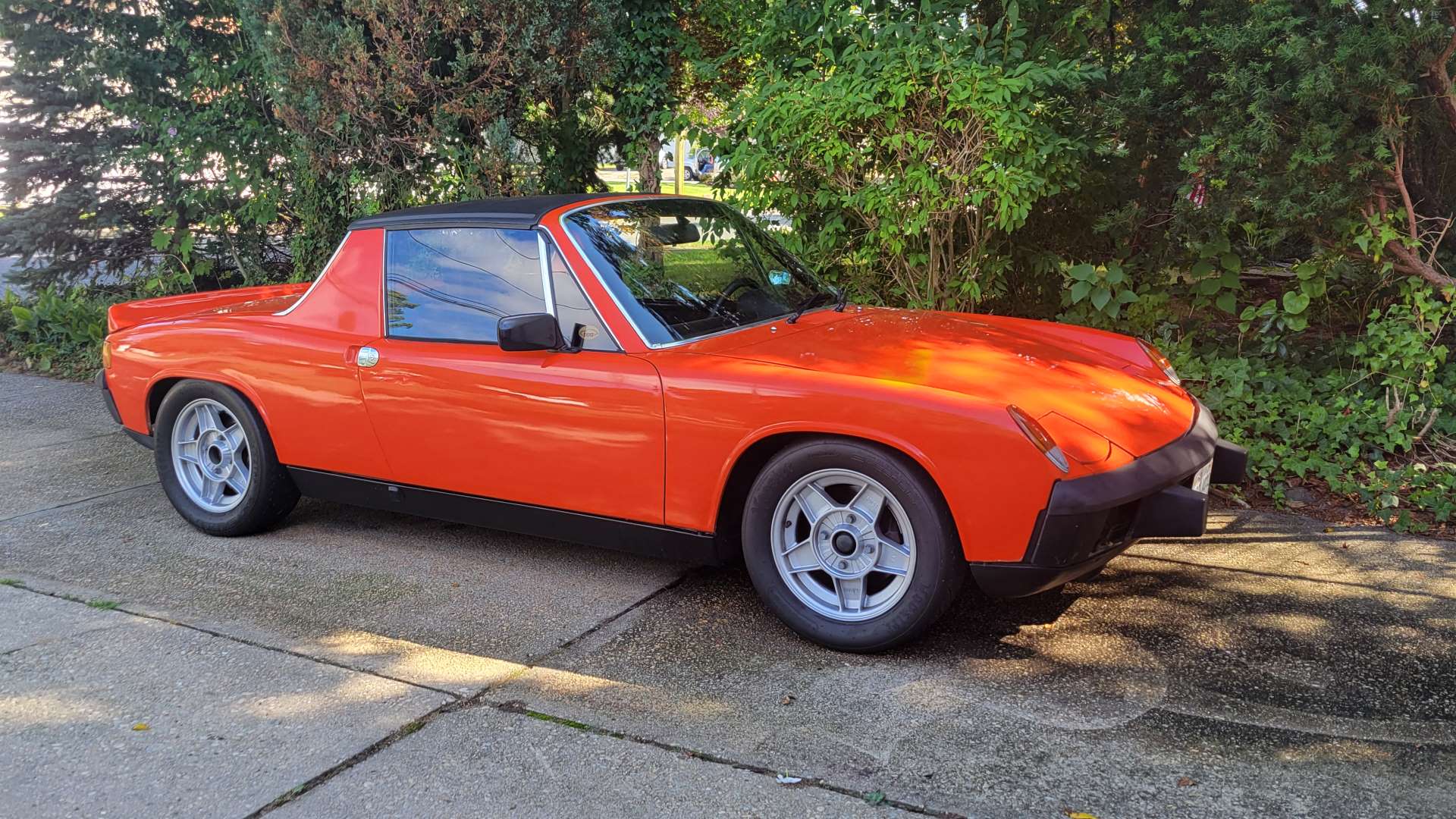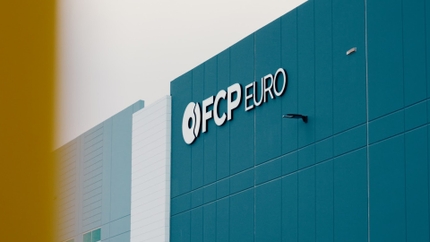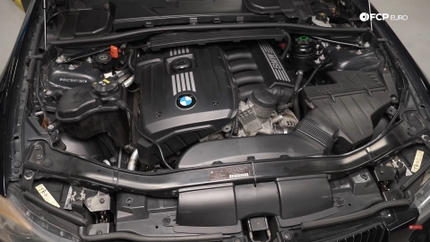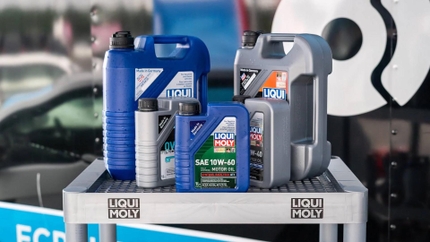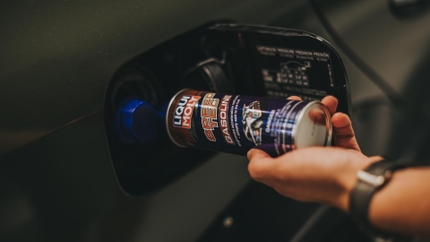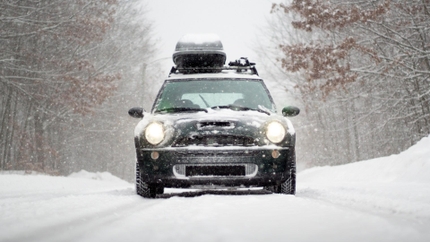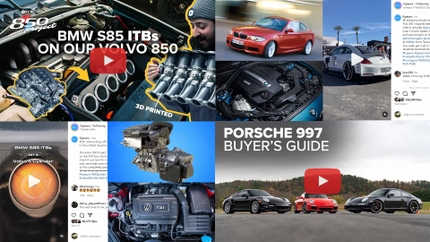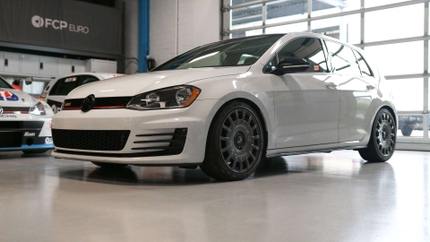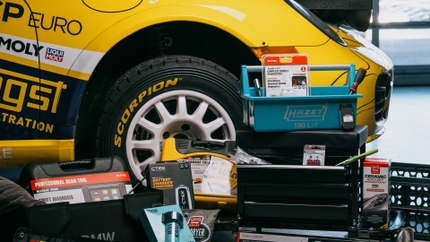- 08/10/2021
- 2 Min Read
- By: Christian Schaefer
What To Look For On Your Suspension After You Hit A Curb
Clipping a curb isn’t the end of the world, even though it might feel like it. The wheels on your vehicle are designed to absorb strikes and impacts, sending the load through the suspension. But not all hits are the same. Striking a curb often results in a gouged wheel and an off-center steering wheel. Hit a large pothole, and the directional force of hitting the edge, along with the depth of the hole, can permanently destroy a wheel and damage the suspension components connected to it.
Damage from these hits won’t always make itself apparent. Suspension components are engineered to take impacts regularly and will do their job when it comes to cubs or potholes. However, these pieces can crack or bend ever so slightly, leading to uneven tire wear, sketchy handling, or more significant suspension failures in the future. The best thing you can do for yourself after a substantial hit is to get under the car and check it all out.
Check for wheel damage
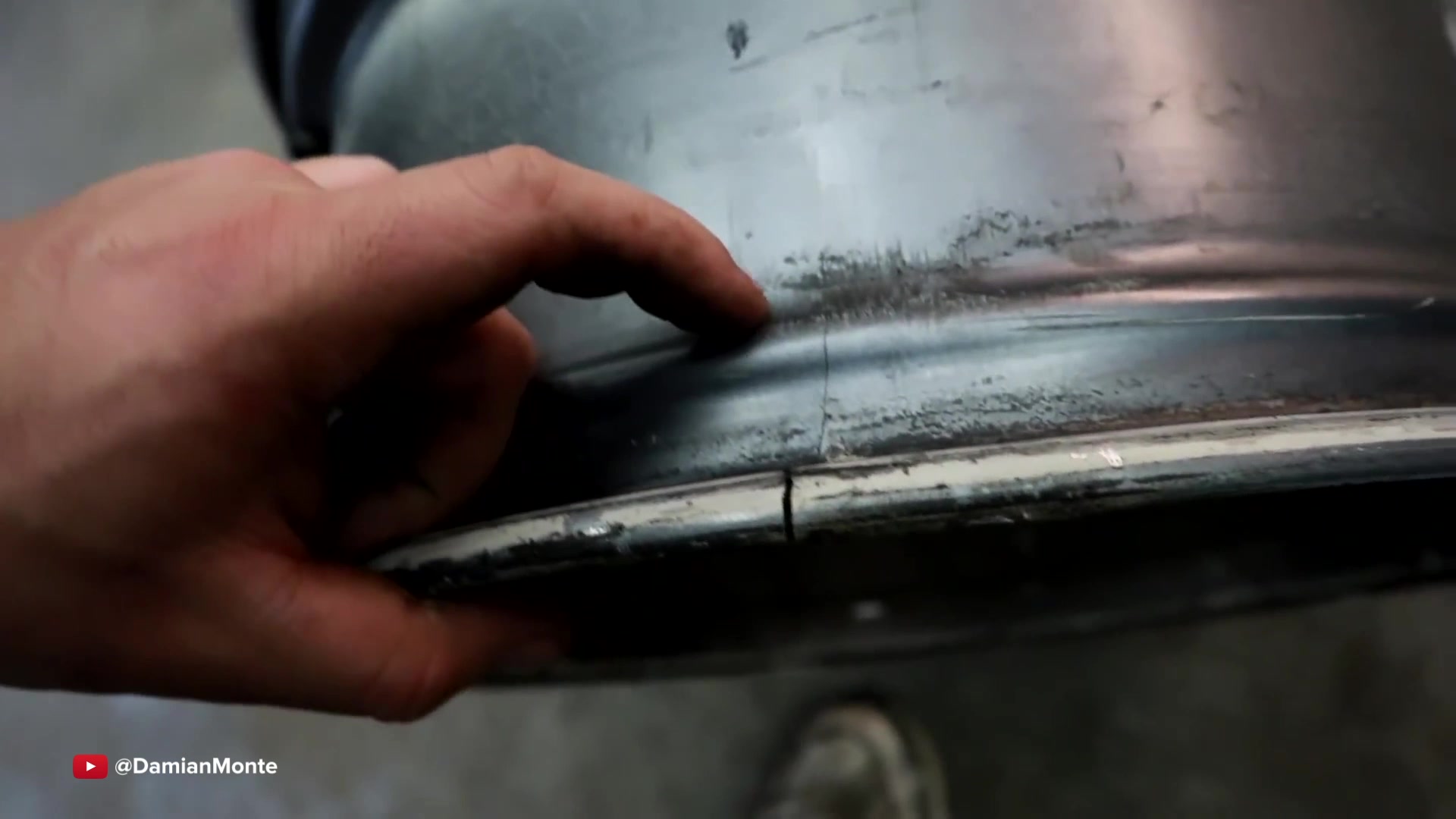
The wheel and tire are the only parts of the car directly connected to the ground, so no matter if it’s a curb or a pothole, the wheel and tire will feel the effects. Most modern wheels are made from cast aluminum, making them cheap to produce, reasonably durable, and moderately light. Unfortunately, though, sharp hits can cause the wheel to crack because of their casting process. These cracks usually appear in the wheel’s barrel, so you should jack up the vehicle and remove the wheel to properly check for damage. However, a cracked wheel will usually allow the air to escape, so a flat tire is a good indicator of that.
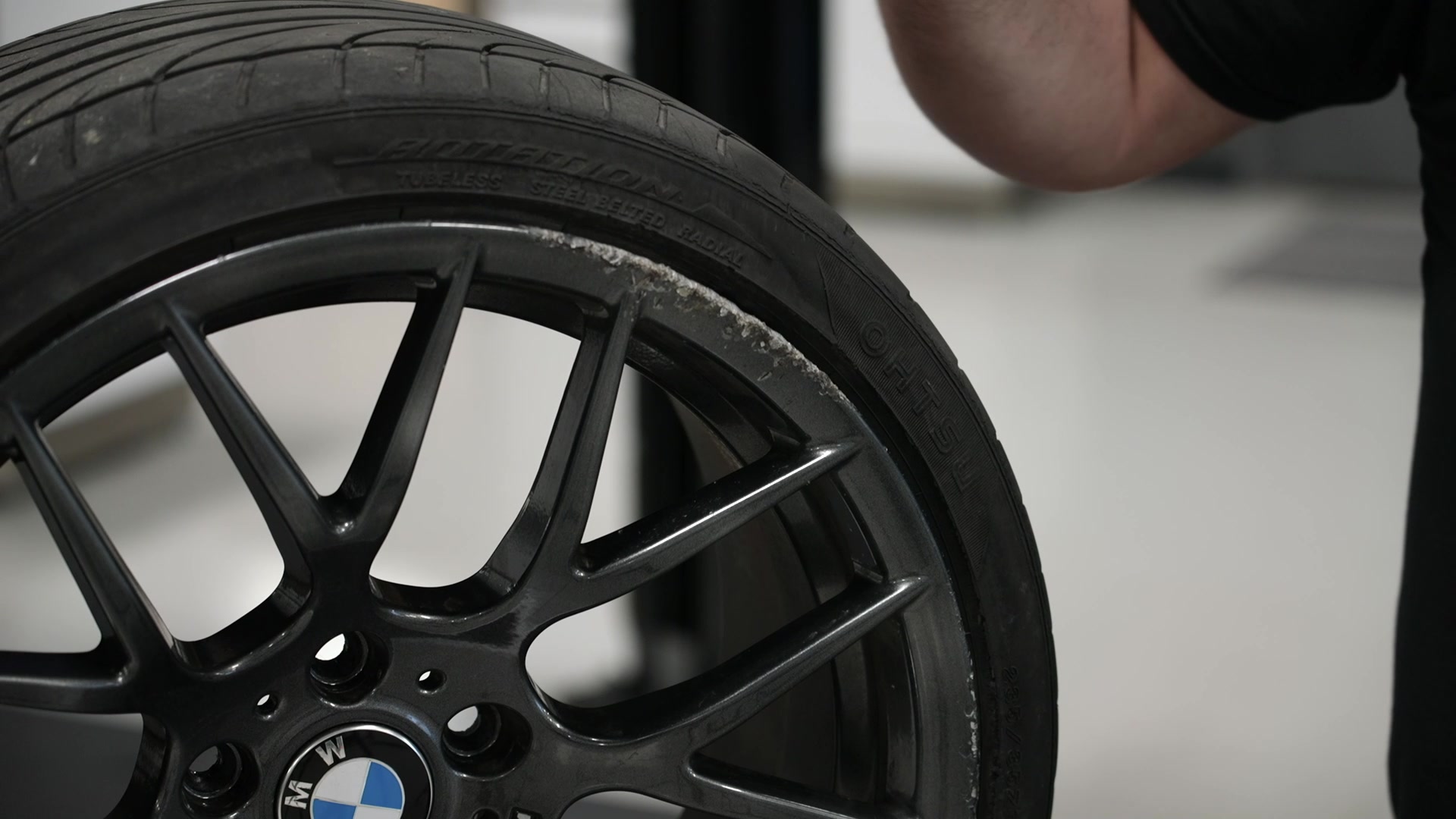
A flat tire won’t always mean a cracked wheel, though, as a sharp strike can break the tire’s sidewall. Referred to as “blowouts,” a damaged sidewall is grounds for immediate replacement of the tire. They cannot be patched and shouldn’t be driven on even it is a slow leak. Examine the tire carefully, including the tread. Check the tread for depth and replace it if it’s worn enough.
Check for suspension damage
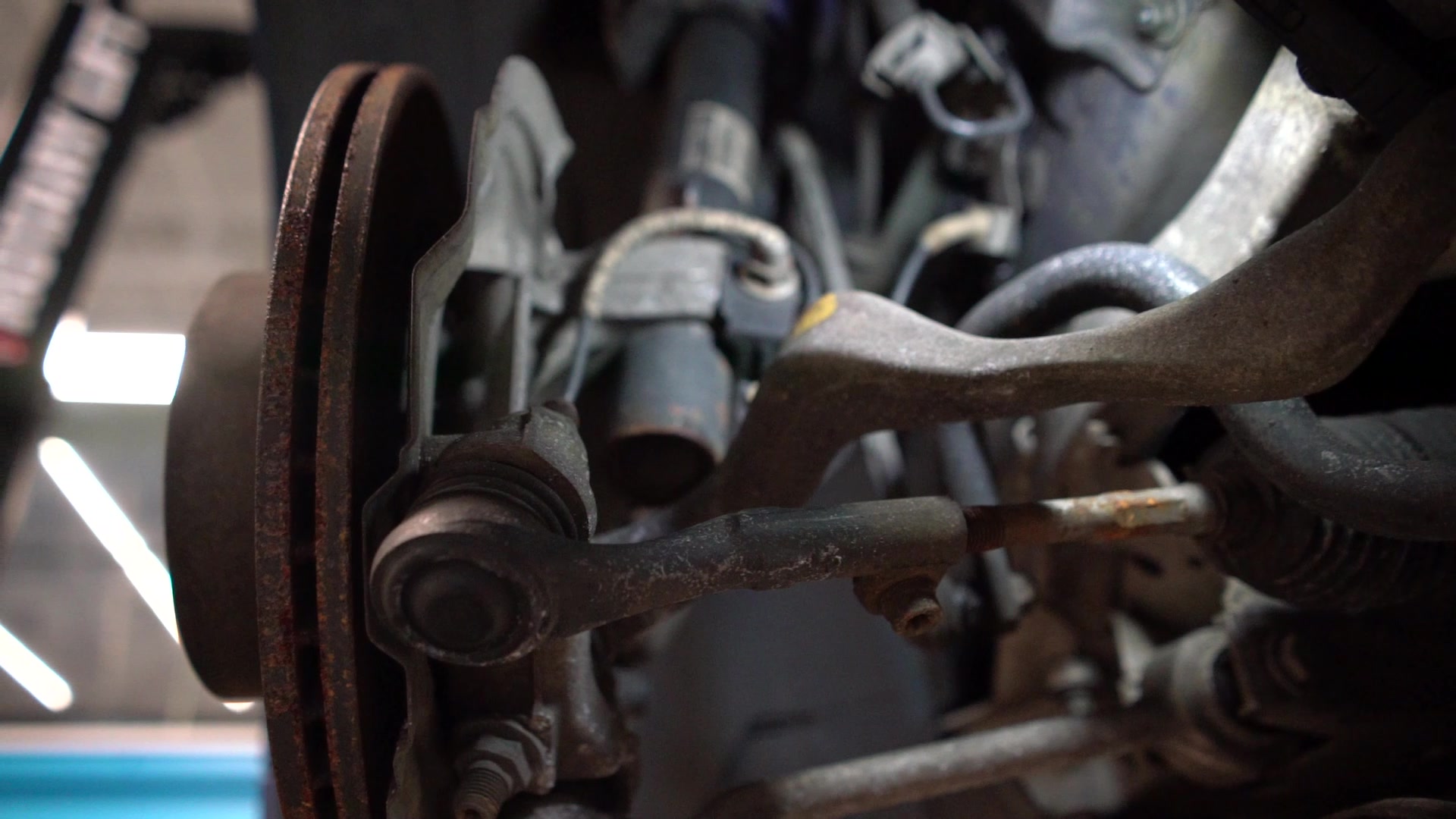
Next up is are the suspension components. The specific parts in need of inspection here are the control arms and the struts. The control arms connect the wheel to a pivot point at the middle of the car to help control the wheel’s motion. These arms are typically made from cast aluminum or stamped steel. Regardless of composition, the arms are designed to bend to prevent total failure. Check the suspension components in question against those on the other side of the car. Look for any bends or things that look to be out of alignment.
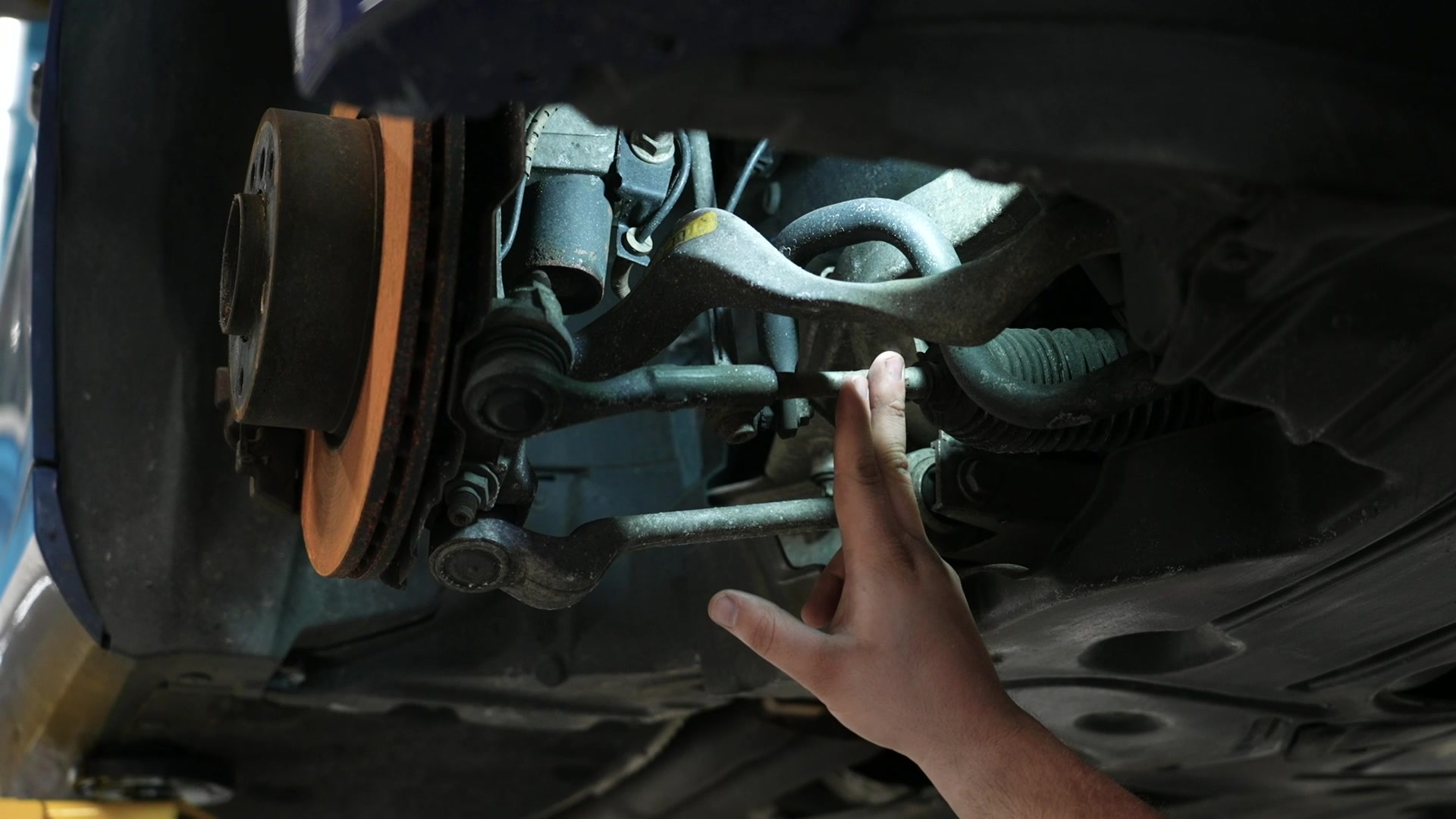
Next, check the strut for any damage. The strut is the component that controls the wheel’s up and down motion against the chassis. First, examine the strut where it mounts to the wheel hub. Look for any bends or cracks on the strut itself. Then, examine the rest of the strut. Look for any signs of fluid leaking around the strut. The impact could have damaged the inside of the strut, causing it to leak the fluid it uses to dampen road bumps.
Check for knuckle damage
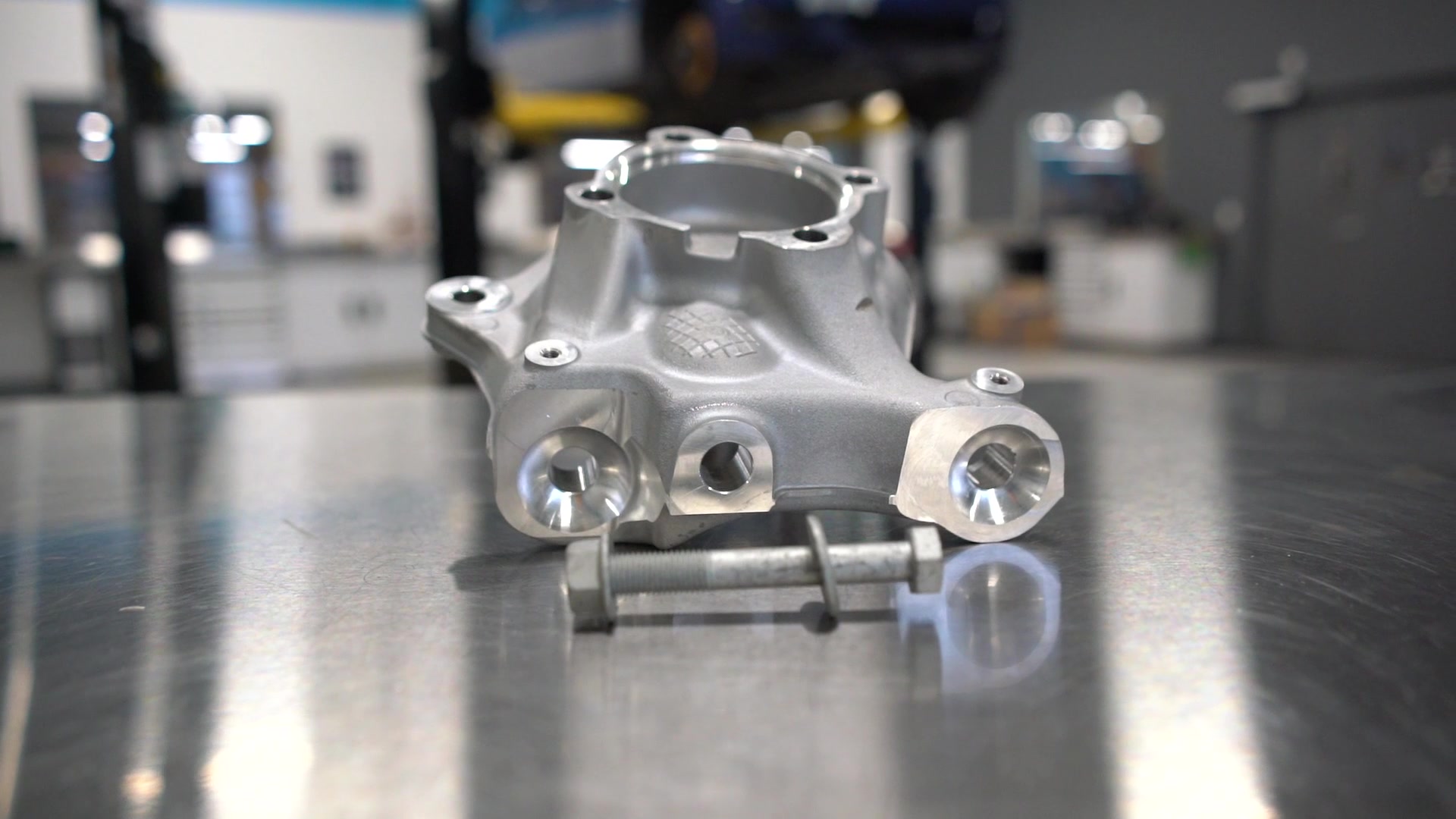
The wheel, strut, and control arms all connect to the knuckle; if the knuckle is damaged, the chances are that something else will be, too. Generally, you won’t see damage to the knuckle as they are usually made from thick steel. However, some companies, like BMW with their E9X chassis 3-series, sacrificed all-out strength for less weight and suspension response by using cast aluminum. Check around where the strut mounts through or over the knuckle. Any light bend or crack means the knuckle needs immediate replacement.
Check the subframe for damage
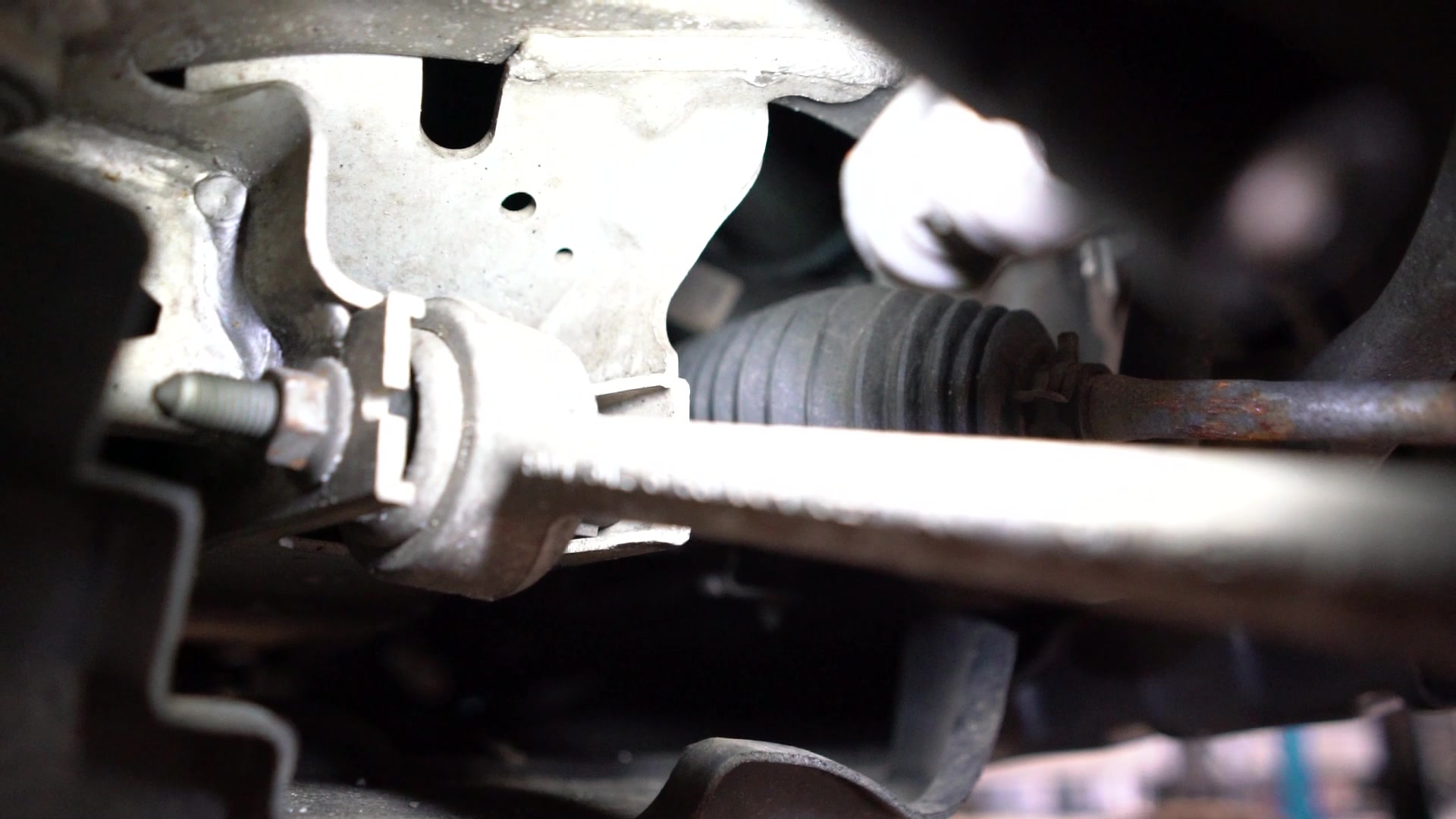
Next on the list is the subframe. Each vehicle has two subframes, one at the front and one at the rear. It acts as the central pivot point for the control arms and the mount for the steering rack. The control arms bolt through the subframe and transfer their forces through it. Look around the control arm mounting points for any bends or tears in the subframe. If it’s bent, the technician that re-aligns your suspension won’t be able to put it back to spec.
Check for steering damage
Lastly, check the steering components for any signs of damage. Start at the tie rod ends that connect the steering rack to the knuckle. Then, move along the tie rod until you get to the steering rack. The tie rods are the thinnest and weakest part of the steering system, so if any damage is going to make itself known, chances are that it’ll be there. Look for a slight bend in the tie rod that would cause the steering wheel to be slightly off-center. Finally, check for any signs of fluid leaking. Power steering fluid is red in most makes, so look out for any fluid of that color.
Hitting a curb is never good for the vehicle and is arguably worse in the way it makes you feel. Take solace in the fact that it happens to people every day, but learn from what happened and adjust accordingly. Repairing your vehicle may not be cheap, but we know a place that offers a Lifetime Replacement Guarantee. Stay safe out there!

